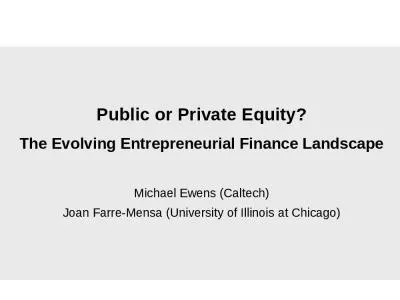PPT-Discussion: Long goodbyes: Why do private
Author : mentegor | Published Date : 2020-06-20
equity funds hold onto public equity after IPOs By T Jenkinson H Jones C Rauch and R Stuecke Discussion by Jens Martin University of Amsterdam Basic Question How
Presentation Embed Code
Download Presentation
Download Presentation The PPT/PDF document "Discussion: Long goodbyes: Why do privat..." is the property of its rightful owner. Permission is granted to download and print the materials on this website for personal, non-commercial use only, and to display it on your personal computer provided you do not modify the materials and that you retain all copyright notices contained in the materials. By downloading content from our website, you accept the terms of this agreement.
Discussion: Long goodbyes: Why do private: Transcript
Download Rules Of Document
"Discussion: Long goodbyes: Why do private"The content belongs to its owner. You may download and print it for personal use, without modification, and keep all copyright notices. By downloading, you agree to these terms.
Related Documents

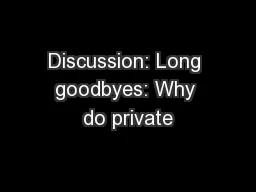
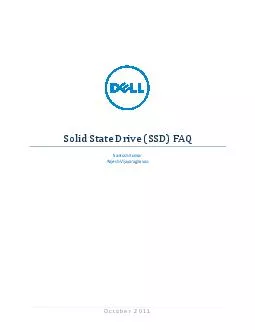
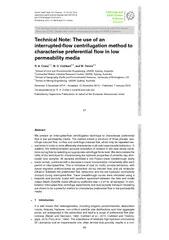

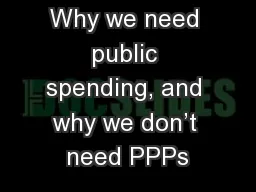
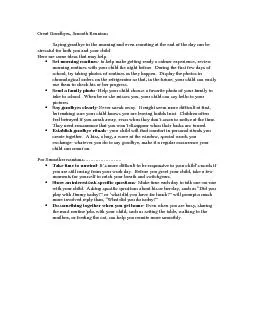



![[BOOK]-Status: Why Is It Everywhere? Why Does It Matter?: Why Is It Everywhere? Why Does](https://thumbs.docslides.com/956296/book-status-why-is-it-everywhere-why-does-it-matter-why-is-it-everywhere-why-does-it-matter.jpg)
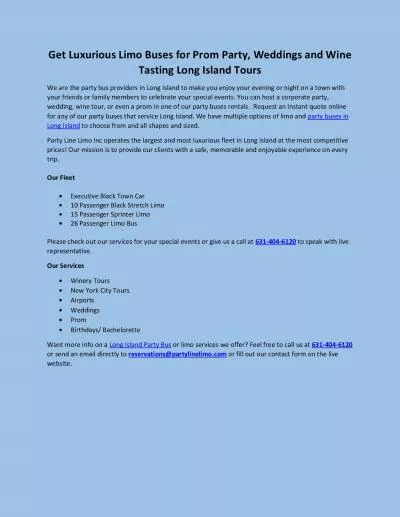
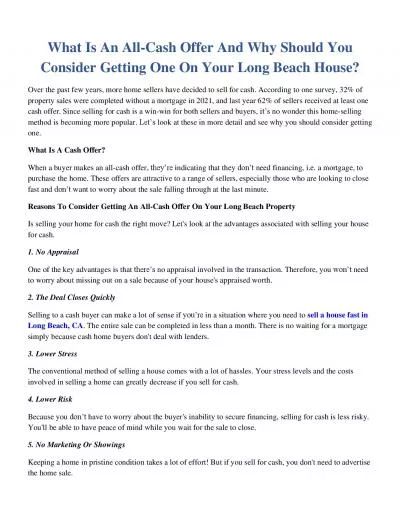
![[PDF] DOWNLOAD Private Investigating Study Guide: Private Investigator Training Handbook](https://thumbs.docslides.com/1019110/pdf-download-private-investigating-study-guide-private-investigator-training-handbook-and.jpg)
